Having a bad week? Noah Davis will lift you up

As a Barbican retrospective celebrates the artist’s extraordinary career, we caught up with his wife Karon to hear about her fondest memories of her husband, with whom she founded LA's Underground Museum.
Culture
Words: Tiffany Lai
Noah Davis was an artist with a unique and warm vision. Offering a tender, almost sacred portrayal of everyday Black life, the American artist often depicted families at home, like in the colour-drenched Single Mother with Father out of the Picture (2007 – 8) or in communal spaces of leisure as seen in his 1975 series. His paintings of public swimming pools in particular evoke a sense of life and vitality – walking around his Barbican retrospective, which is on until 11 May, it’s hard not to mourn a painter who was so skilled at bringing out the delicate magic of ordinary lives.
Take his painting Isis, from 2009. Outside a white house, a woman in a leotard stands pulling two huge golden fans up from her waist to her shoulders, casting a warm ochre hue onto the floor. The painting references the Egyptian goddess Isis, infusing a moment of suburban stillness with a divine aura. It’s a quiet, powerful gesture that merges myth with everyday life.
Like much of Noah’s work, the painting was based on a photograph – this time, one of his wife, the sculptor Karon Davis, posing outside their home. In the window, you can see Noah’s reflection in the painting, a sweet moment of collaboration between two artists fascinated by ancient Egypt – Karon is well-versed in ancient myth and history, drawing on these, along with theatre, for her own practice.
Three years after painting Isis, Noah and Karon founded the Underground Museum in Arlington Heights, a historically working-class African-American and Latino neighbourhood in Los Angeles. With a goal to challenge art world hierarchies, the pair wanted to bring museum-quality art to the area; unsurprisingly, they were met with a barrage of no’s when asking museums to lend their artworks.
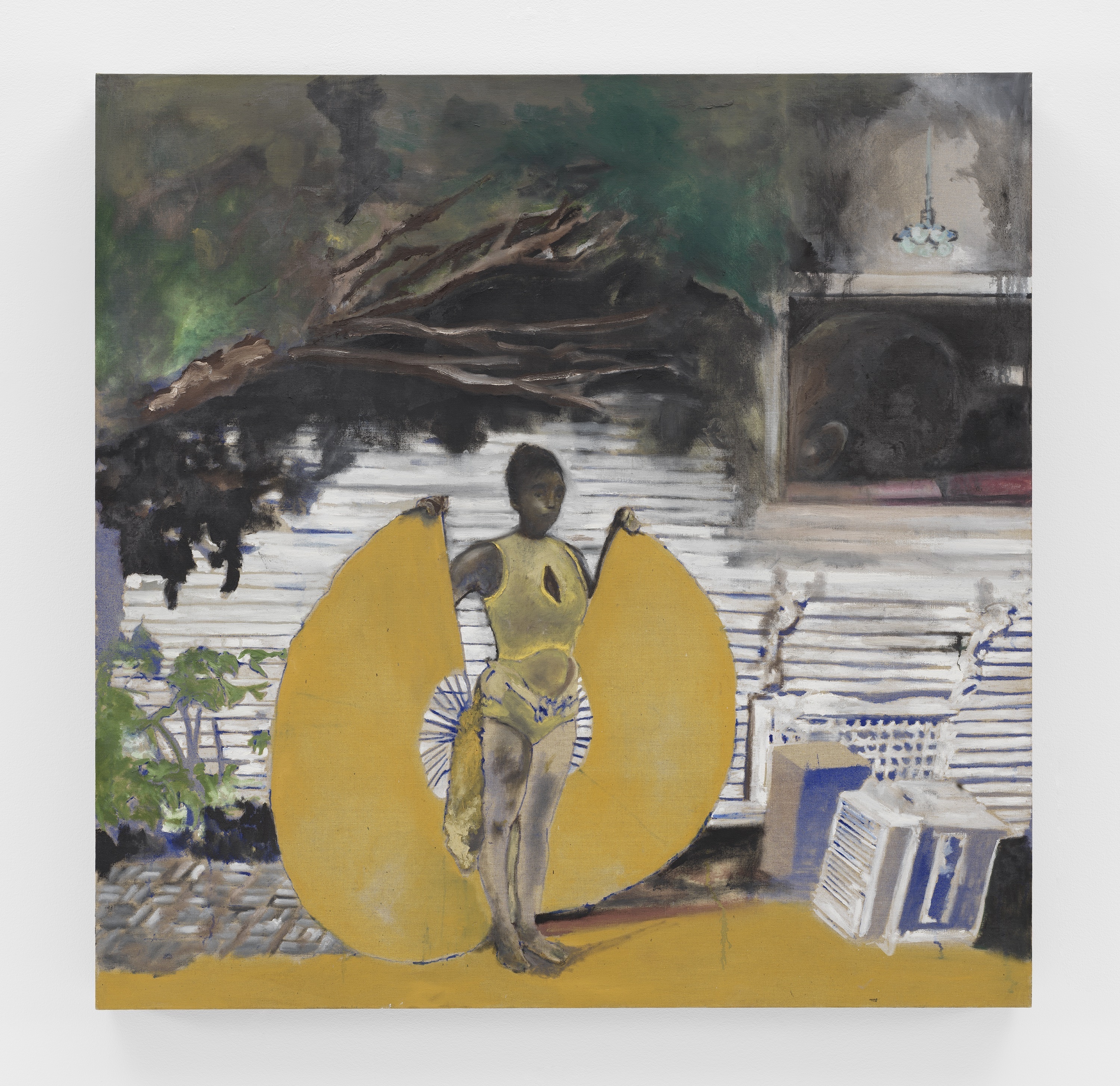


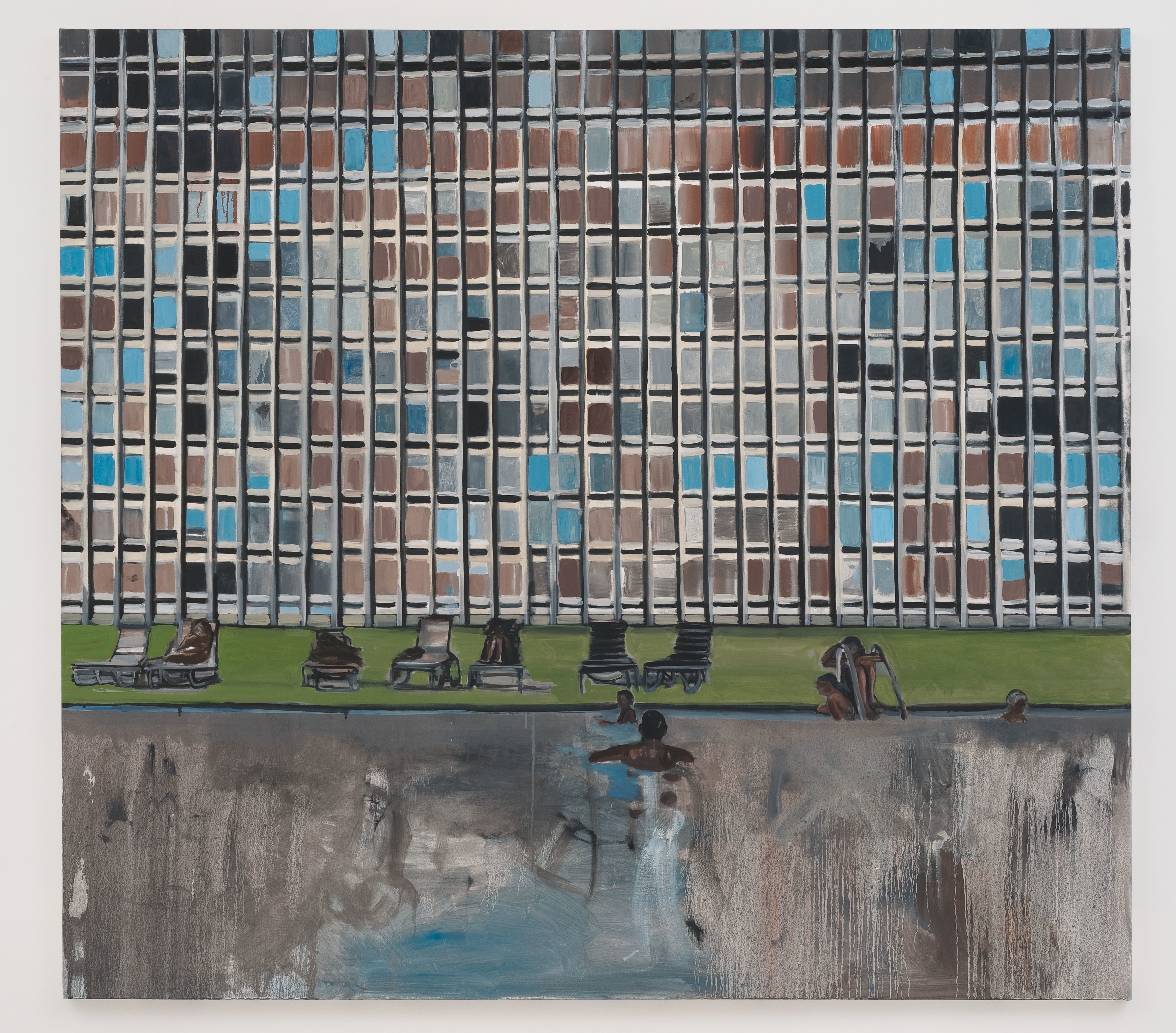
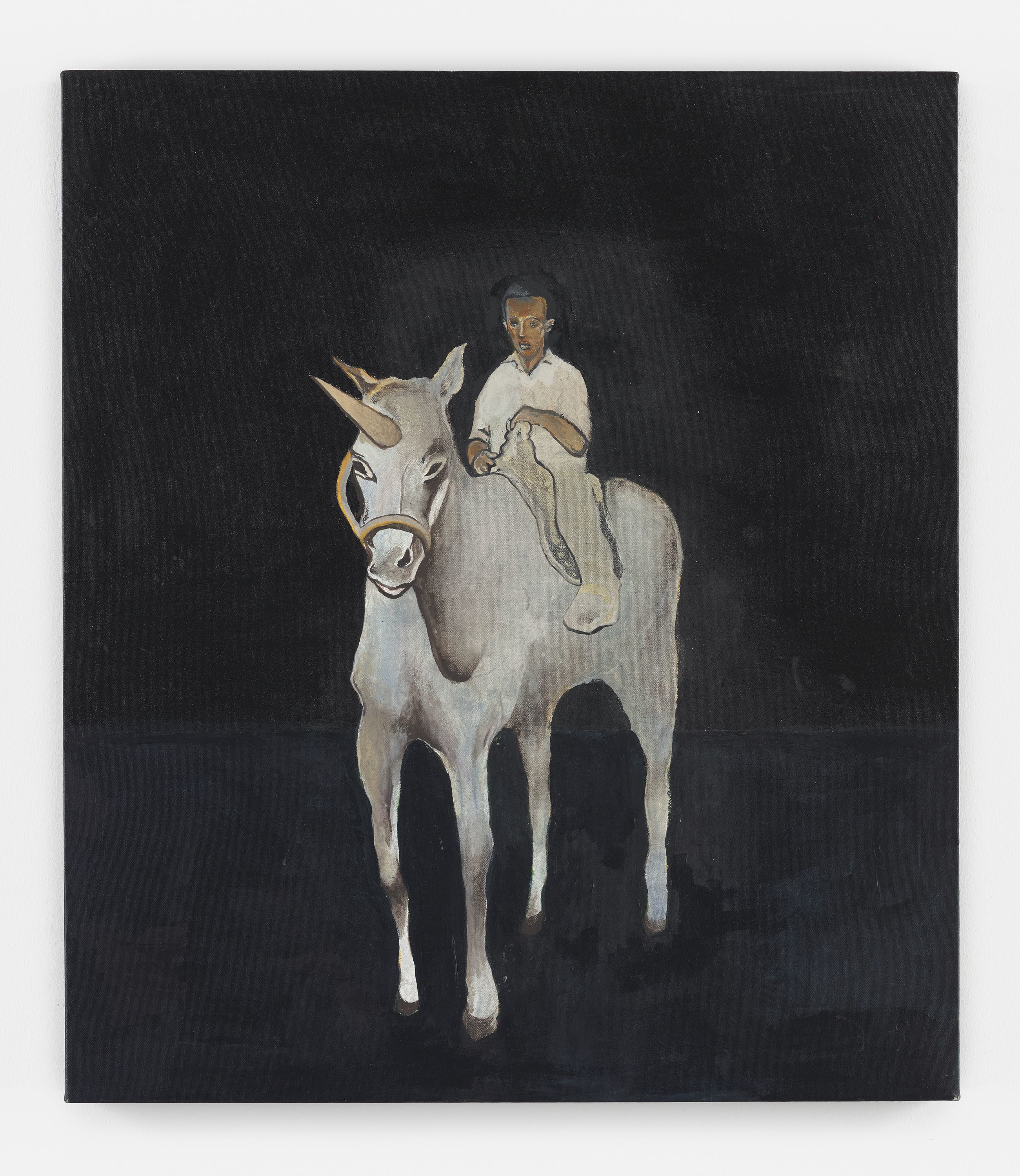
Still, Noah and Karon had fun. Looking back on those early days, she describes the museum as a big playground: “We made paintings, films, photographs, sculptures and large installations that would fill the [museum] garden. There were dinner parties with wine, weed and laughter. It was freedom.”
Despite the challenges, the space still managed to act as a cultural force in the neighbourhood, exhibiting works that spanned from 19th century Sudanese sculptures to paintings from Henry Taylor, a contemporary of Noah’s. More than just an art gallery, the space also contained a bookshop, curated by Noah’s mother, and multiple areas where visitors could watch films, read, peruse the artworks and share ideas.
Tragically, a year after the museum opened its doors, Noah was diagnosed with a rare form of cancer that would eventually lead to his death in 2015. Despite his illness, Noah insisted on continuing his work both as an artist and community builder, up until then, eventually managing to convince LA’s Museum of Contemporary Art to sign a three year deal with the Underground Museum. Noah curated the first exhibition in 2015, laying the ground work for many more. By the time he passed aged 32, he’d left behind over 400 paintings, collages and sculptures.
Now, we get to see over 50 of Davis’ works in painting, sculpture, curating and community-building from 2007 to his death in 2015 at the Barbican’s retrospective, Noah Davis. We spoke to Karon about their creative and romantic partnership, as well as Noah’s enduring legacy and vision.

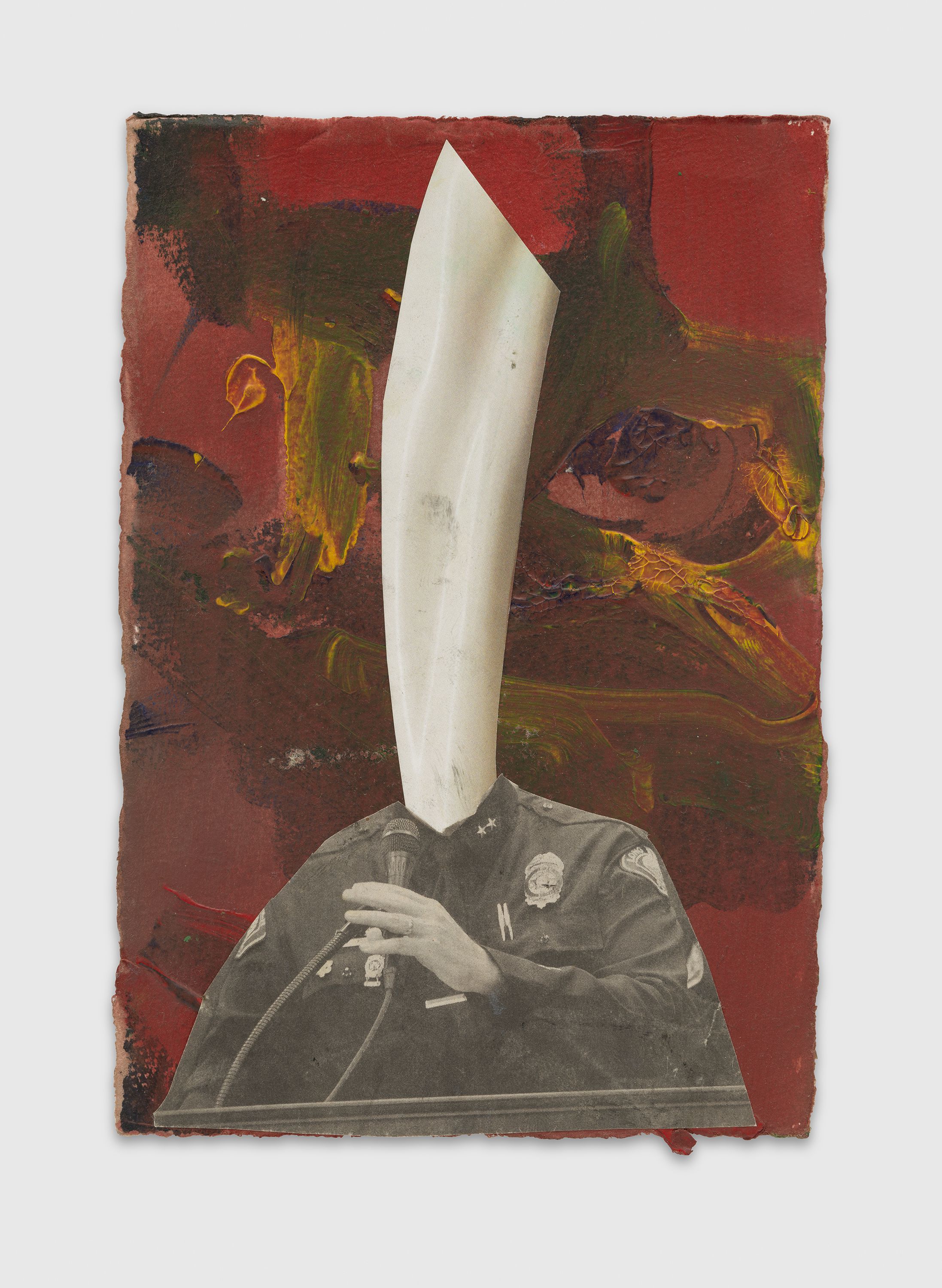
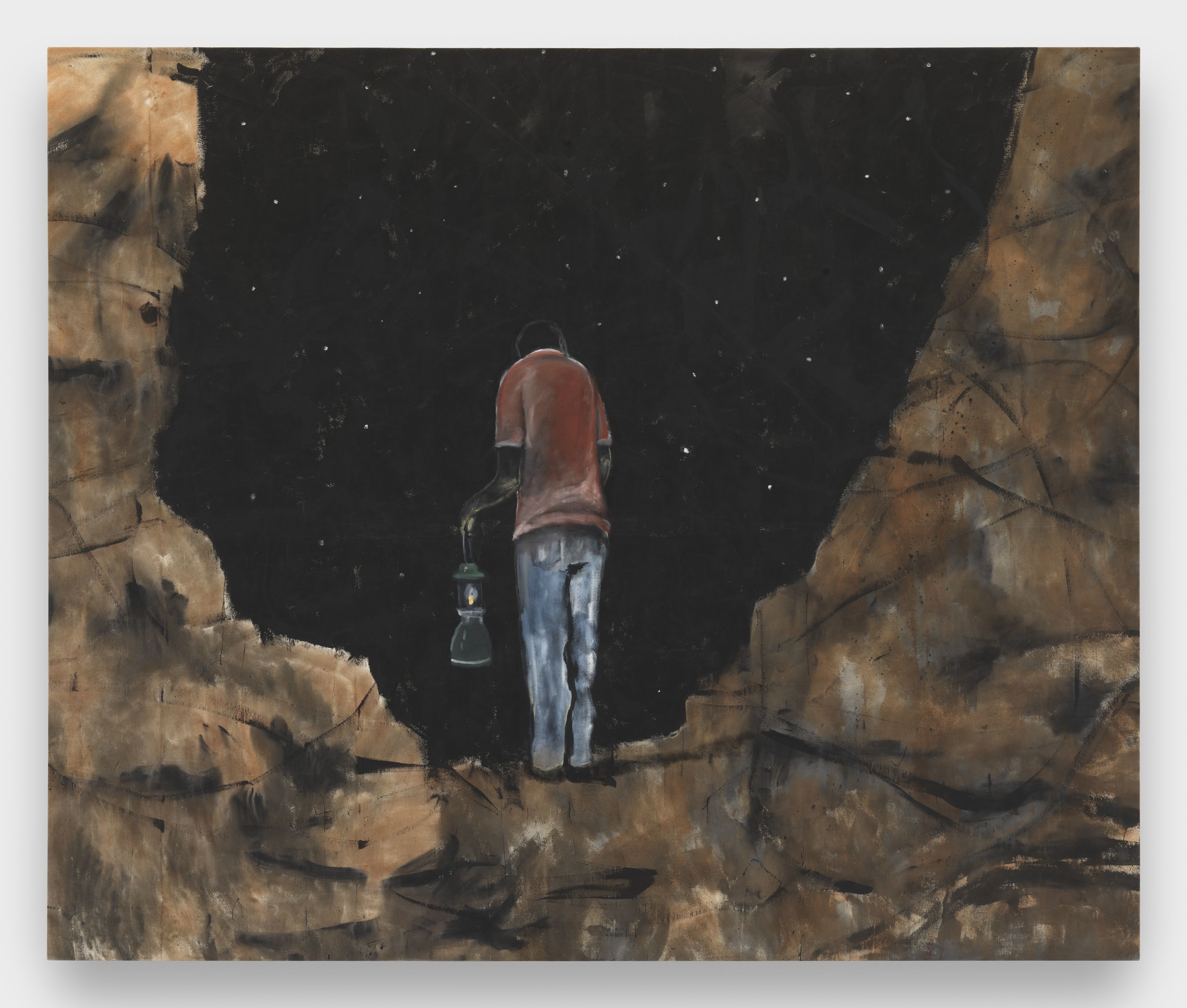
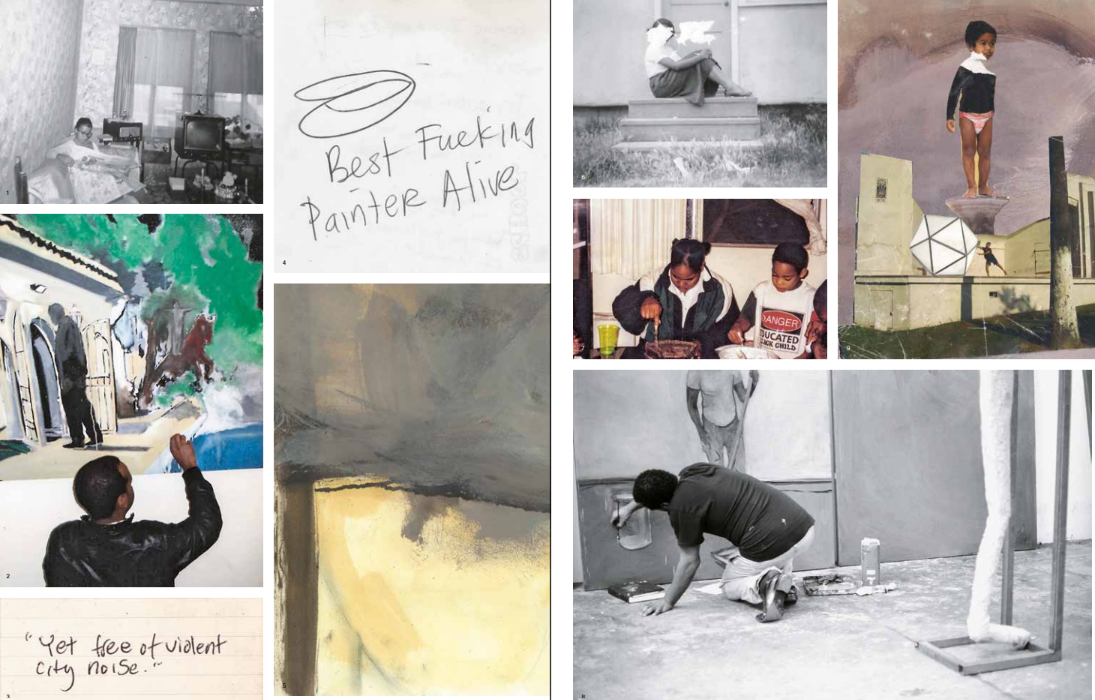
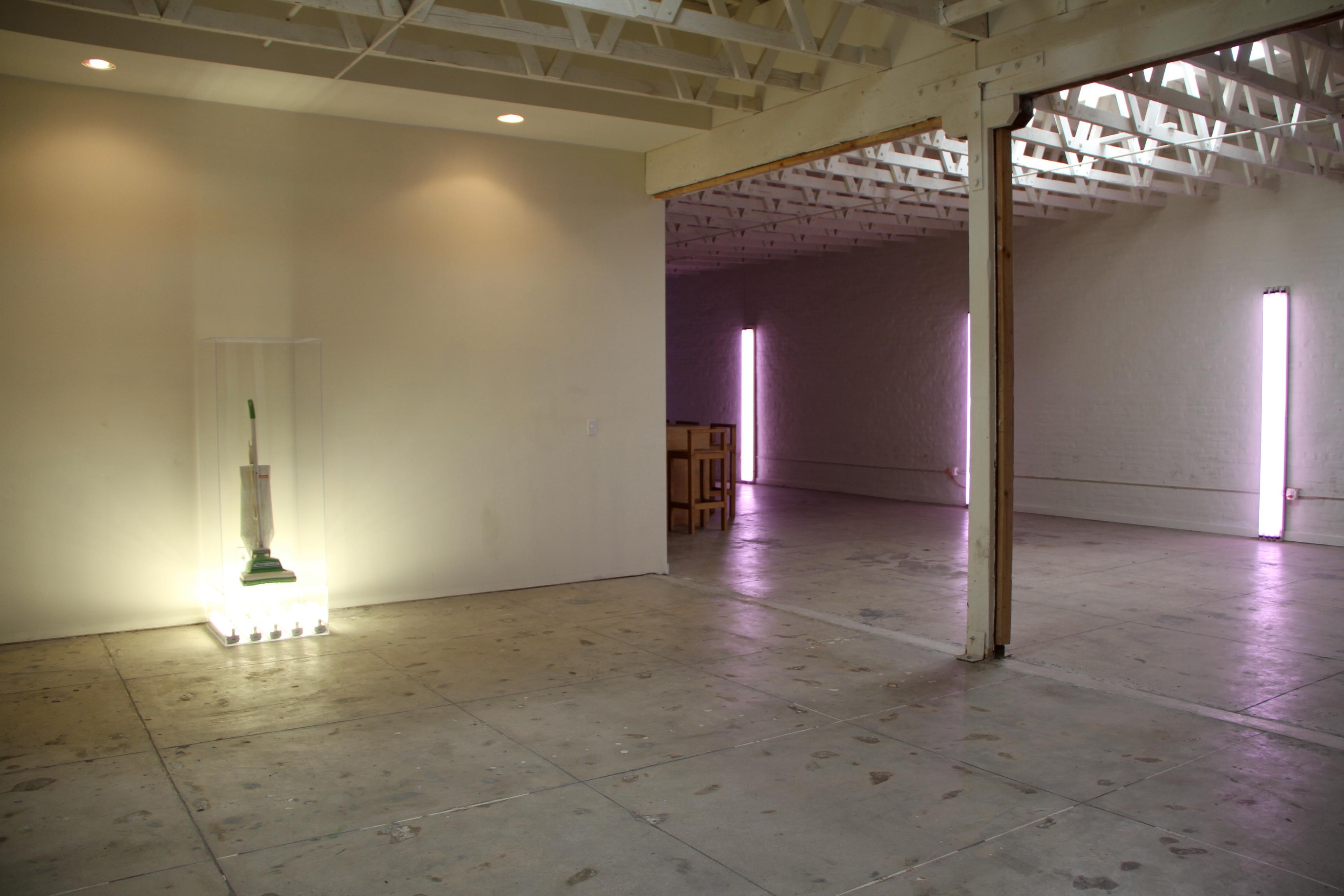
Hi, Karon. When did you and Noah first meet?
My friend Ebony brought him home one day and gave him a place to paint for a show she was putting together. He lit up the room with his smile – he was very charismatic. You just wanted to be in his company. His energy was addictive. He was extraordinary, and he made me feel like I was seen for the first time.
Your relationship was foundational to him both as a painter and as a gallery director. How did you influence each other’s work?
The worlds of theatre and art collided when we got together. We loved teaching each other and collaborating. He taught me the 101s of sculpture with cardboard boxes leftover from when we moved in together. I introduced him to the Late Show, the Classic Arts Showcase TV channel, and we watched a lot of opera and ballet.
I can see my influence in many of his works. Whatever I was researching or exploring ended up in a painting. Sometimes we would hit the streets and photograph people, buildings, trees. His paintings are time capsules for me.
What makes Noah’s work important?
His work has always been important, it just took the world time to catch up.It’s important to his legacy, to the blueprint and dreams he left behind. The art world made him feel he wasn’t worthy, that there was room for only a few great Black painters. He knew he was great, and he was frustrated that he didn’t get the recognition he knew in his soul he deserved. I think it drove him mad sometimes.
I promised him that the world would one day know his genius. So this retrospective is important in spreading the gospel, I guess – it introduces him to the world. And it’s time people see the work in person, after years of seeing images online or in books. And when they do, they will laugh, cry, be transported. They will be moved and finally feel the profound greatness of Noah.
“The early days of the Underground Museum were playful, like a sandbox where we made work with our friends”
Tell us more about the early days of the Underground Museum…
The early days were crazy. They were exciting, they were stressful. Stressful because we didn’t know how to build a non-profit space. We just had so many ideas and so much to learn. We were building this thing that held so much love and hope for the future.
We moved into the Underground Museum with our son Moses, who was a baby. People thought we were mad living in a construction site and pitching this dream. Years before, Noah and I would go to open houses and dream about creating space that would hold community, art and film. A place where our friends could make the work they wanted without red tape.
The early days were playful, like a sandbox where we made work with our friends. We made paintings, films, photographs, sculptures and large installations that would fill the garden.
What would be your advice for a creative couple that both work and live together?
Support one another. Some artist couples tend to be unbalanced – the wife usually supports the dreams of her husband and slowly dies inside because she cannot pursue her own. Communication is so important. Be honest and have a plan for how and what that support looks like. Noah was always encouraging me to make work even when he was sick and my priority was him. He insisted I make the show deadline. He believed in me when I didn’t. Artist couples have to be each other’s biggest fans and motivators.











